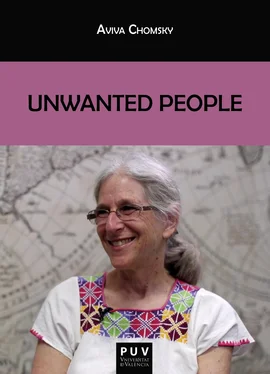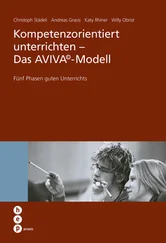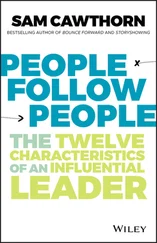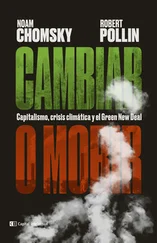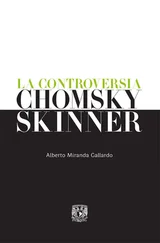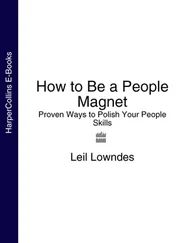Lídia Ferreira of the Brazilian Women’s Group explained how legal status intersects with other aspects of immigrant vulnerability: “[Shortly after President Trump’s election] we had a meeting here with three workers who are suffering from wage theft, also misclassification, and unpaid overtime. And also they are suffering by threats by their employers. Because one of them had an accident at work, and when he decided to claim the workers compensation to Brazilian Women’s Group, the employers started to threaten him, and his family in Brazil. And that is something unfortunately very common in our community. Because the employer knows their situation, their English, their situation, they start to say like example, I will report you to immigration if you decide to start a claim, to file a claim, and that is something...”
These fears seemed to be realized as ICE under Trump began to cast its net wider in detaining undocumented immigrants, and has had a sobering impact on the ability of workers to fight for their rights. In several cases nationally, including one in Boston, ICE apparently responded to tips from employers or to the very fact that workers filed a claim against an employer, to target undocumented workers. 47
On May 1 2017 the Massachusetts Attorney General’s office reaffirmed its commitment to protecting the labor rights of all workers regardless of immigration status, and protecting workers from status-related retaliation. “In Massachusetts, our labor and employment laws protect every worker, regardless of their immigration status,” the Attorney General promised. “When dishonest employers hire undocumented workers under the table and then threaten them with deportation, it cheats the workers and makes it harder for honest businesses to compete. Today, my office is sending a message: if you’re being threatened by your employer, our laws protect you.” 48
But in May 2017, a Honduran immigrant in Boston agreed to meet with his employer after he filed a worker compensation claim. When the worker appeared at the appointed spot, ICE agents were waiting to arrest him. 49 Several other similar cases elsewhere in the country suggest that this was not a unique development. As the Obama-era deportation priorities have been vastly expanded, employer ability to threaten and control workers has also. 50 These kinds of actions are sure to have chilling effects on immigrant workers’ ability to fight for their rights and for worker centers to strengthen their organizing.
Even beyond the issue of their legal status, immigrant workers may have other reasons for being wary of attempts to organize. The issue of wage theft illustrates some of the challenges. Wage theft “happens in many ways, such as forcing workers to work off the clock, incorrectly classifying employees as independent contractors, writing bad paychecks, denying an employee benefits, underpaying, or simply not paying workers.” Community Labor United estimates that wage theft costs Massachusetts workers $700 million a year. Despite aggressive action by the state Attorney General’s office, only a small portion is ever recovered. Wage theft has been a key issue in which Boston’s worker centers have collaborated with the state’s union federation to fight for a common goal: state-level legislation to hold parent industries responsible for violations like wage theft committed by subcontractors. The labor-supported bill passed the State Senate in 2016, but stalled in the House; it was reintroduced and remained under consideration as of mid-2017. 51
Many workers suffering from wage theft approach a center hoping for help recovering their own lost wages. Centers generally want to engage workers in the larger legislative and public campaign, while for the workers, the end goal may be simply receiving their back wages. The contradiction illustrates the contradiction in the dual mission of worker centers: as service providers, and as organizers for larger social change. In this respect, the questions and challenges facing worker centers mirror those facing unions: how to articulate and navigate connections between the narrower fight to protect workers’ rights on the job and the larger goal of structural change in an economy increasingly inauspicious to these rights. Low-wage and immigrant workers may be among the most exploited, but their status can also contribute to a world-view as individualistic and conservative as a stereotypically anti-immigrant white worker’s. Immigrant workers are afraid of losing their jobs, but also of being reported to immigration and of repercussions to their families in their home countries.
Lídia Ferreira explained: “First we have to show them or educate them about the issues... We start to try to help them to think beyond the situation... It's difficult for them to see the light at the end of the tunnel, when you are talking about a long process, a campaign. Like last week I spoke with two workers who came to the meeting, [but] they are [only] interested to receive their own payments, they are still waiting for so long.... As a worker center, we need the workers to make the difference. We need their ability to go forward, to fight, to organize, to bring other workers to the solution.”
Despite the unfavorable political climate and the many structural challenges, Chen tried to offer a hopeful perspective on labor-community relations after the 2016 election. Perhaps organized labor’s weakened position could actually push it into greater focus on labor-community relations. “Labor is actually looking to partner with communities and worker centers to build a stronger movement. And I think that's very smart, because I think we're a very important strategic partner to the labor movement. And then labor needs to take stronger stands around immigrant rights, and housing issues, and other things.”
Boston offers a complex landscape in which liberal, pro-worker, pro-union, and pro-immigrant ideologies infuse the city’s self-image, while obscuring the marginalization and exploitation that many immigrant workers confront. The city’s unions and worker centers play a crucial role in fighting for both legislative and grassroots solutions to its deep inequalities.
(2018)
1 Center for Puerto Rican Studies, 5. Many Puerto Ricans settled elsewhere in the state: There were 199,207 Puerto Ricans in Massachusetts in 2000, 266,125 in 2010, and 308,028 in 2014. The Hispanic or Latino population of the state also jumped, from 428,729 in 2000 to 627,654 in 2010 and 730,094 in 2014. See Center for Puerto Rican Studies, 2.
2 Boston Redevelopment Authority, “Imagine All the People,” rev. ed. June 2009. https://www.bostonplans.org/getattachment/c84782e4-01fd-4930-9939-f28b35ee9a84.
3 “Boston by the Numbers,” 8.
4 Boston Redevelopment Authority-Research Division, “New Bostonians 2013-2014,” March 2014. https://www.bostonplans.org/getattachment/08c87f4c-a651-45f9-bb42-04a55bae8b3b.
5 “Boston by the Numbers,” 8.
6 “Boston by the Numbers,” 9.
7 “Boston by the Numbers,” 10.
8 Torres, 150.
9 Torres, 149.
10 Torres, 151.
11 Torres, 154.
12 Fine, “A Marriage Made in Heaven? Mismatches and Misunderstandings between Worker Centres and Unions ( British Journal of Industrial Relations 45:2 June 2007 0007–1080 pp. 335–360), 341.
13 Fine, 344. See McAlevey Raising Hell , for an inside look at the pitfalls of this SEIU approach.
14 Kurtz, 82-83.
15 Kurtz, 82-83.
16 Kurtz, 82-83.
17 Fine, 335.
18 Kurtz, 8.
19 See Linked Labor Histories , and Ardis Cameron, Radicals of the Worst Sort: Laboring Women in Lawrence, Massachusetts, 1860-1912 (University of Illinois Press, 1993).
20 The P&L Sportswear Company closed on December 6, 1985, leaving over 300 garment workers, 90% of them Chinese, without work or health care. http://onourterms.barnard.edu/ojs/index.php/oot/article/download/9/12.
Читать дальше
